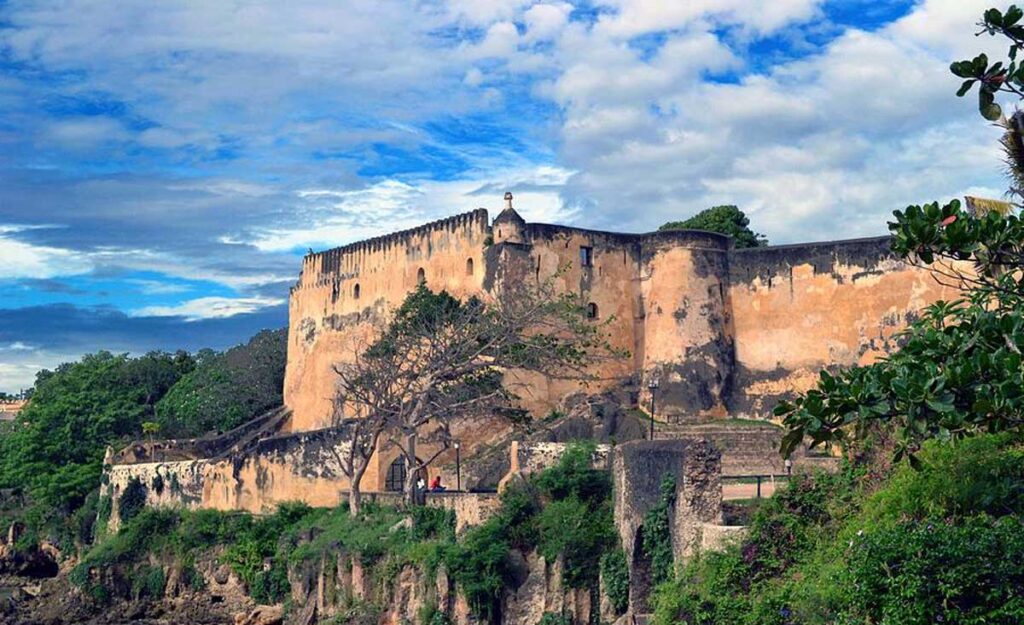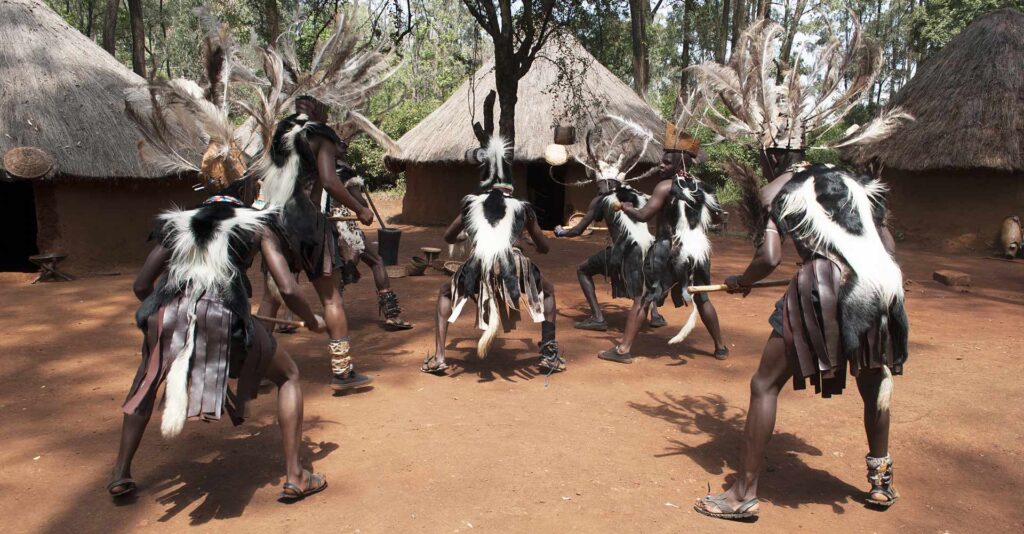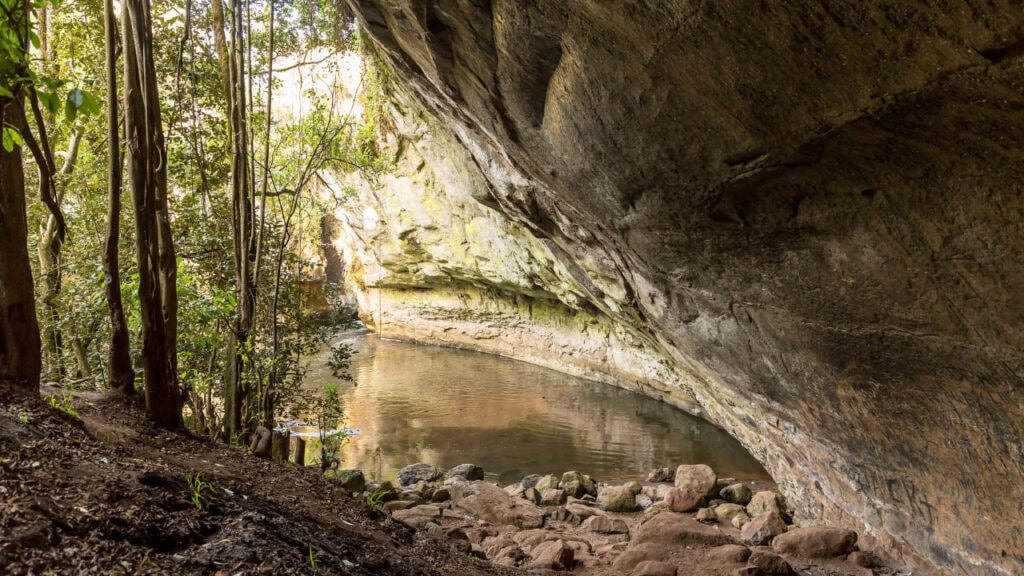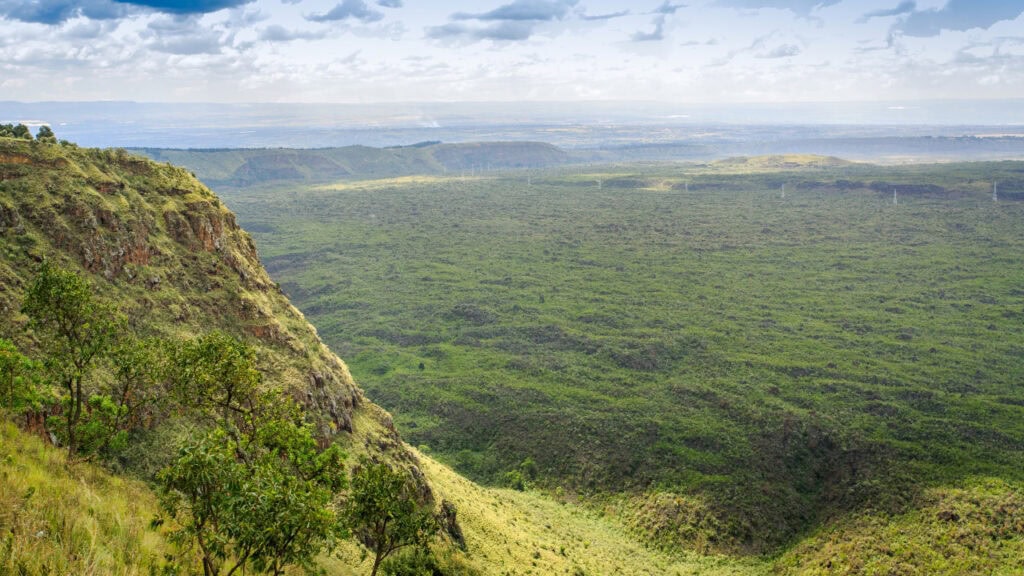is a While Kenya might be best known for its stunning natural attractions and wildlife, there are also a host of interesting landmarks and monuments to explore. The country’s rich history offers up sites of historical and cultural importance that are still worth visiting today.
If you’re planning on travelling to Kenya, set aside some time to check out our list of the most famous landmarks and monuments to visit on holiday in Kenya.
Fort Jesus
This imposing fort in Old Town Mombasa overlooks the entrance to Mombasa’s Old Port. Constructed by the Portuguese at the end of the 16th century after a number of Turkish raids, Fort Jesus helped to make Mombasa a main center for trading with Portugal.

As is typical with Africa’s coastal forts, Fort Jesus has been occupied by several owners in its long history. While it’s not wholly intact, the habitable part of the fort now houses a museum featuring traded ceramics and pots.
Fort Jesus remains as one of the finest examples of 16th century Portuguese military architecture and is accredited as a UNESCO World Heritage Center.
Bomas of Kenya
Situated just 10 km from Nairobi in Langata, the Bomas of Kenya date back to the 1970s, and are aimed at promoting Kenyan culture. The site features replicas of traditional homesteads from 23 ethnic groups and was established to preserve and maintain the rich and diverse cultural values of Kenyan ethnic groups.

Visitors can take a guided tour of the homesteads to gain an insight into Kenyan culture, and witness traditional dances and songs performed daily in a large circular theater. The Bomas of Kenya are one of the best places to visit to learn more about the lifestyle, music, art, and culture of Kenyan tribes.
State House
Built in 1907 during the colonial era, State House (formerly known as Government House) is located on State House Road, a few minutes’ drive from the CBD. State House is the official residence of the president of Kenya. Kenya’s first president, Mzee Jomo Kenyatta, was its first native occupant.

State House primarily hosts visiting heads of state from other countries, but there are special invites for dinners and luncheons. The landmark occupies an area covering roughly three square kilometers. Nairobi’s zoo and arboretum are close to State House.
Jomo Kenyatta Mausoleum
Located at Parliament Buildings in Nairobi, the Jomo Kenyatta Mausoleum is one of the few architectural masterpieces that has only been open to the public in recent years. The mausoleum is the final resting place of Jomo Kenyatta. Kenyatta was the Prime Minister of self-governing Kenya in 1963.

In 1964, Kenya became a republic, with Kenyatta as its first President. The site mostly attracts visiting heads of state and top dignitaries who come to pay homage to the former president.
Mount Kenya
Mount Kenya is Kenya’s tallest mountain, standing at an impressive 5 199 m tall. The mountain is actually an extinct volcano with three peaks. Hikers can reach one of the peaks, but the remaining two require technical climbing skills and are best suited to ice and rock climbers.

Mount Kenya is popular with wildlife lovers, and visitors to the area can look forward to sightings of elephants, rhinos, buffalo, and leopards. Mount Kenya’s jagged summit peaks, sharp cliffs, and snow capped crags can be clearly seen when the mountain is not shrouded in clouds. It’s a landmark worth seeing.
Lake Victoria
Lake Victoria can actually be claimed by three countries (Uganda, Tanzania, and Kenya) with the Kenyan portion of the lake situated in the north-eastern part of the country. This vast body of water is the second-largest freshwater lake in the world and the largest lake in Africa.

Lake Victoria contains roughly 1000 islands and is remarkable for its spectacular scenery. The lake is home to more than 200 species of fish, various amphibians, reptiles, birds, and an assortment of animals. Prehistoric remains have been found around Lake Victoria’s edges and today the lake features a number of health resorts.
Mau Mau Caves
The Mau Mau Caves are situated in the foothills of Mount Kenya near Nanyuki. The caves are thought to have been the hideout of the Mau Mau freedom fighters during the pre-colonial period, but were badly damaged during the Mau Mau Rebellion.

It takes a stiff three-hour walk to get to the caves, so they’re mostly visited only by the fit and adventurous. The caves also feature other attractions, like teeming birdlife and an indigenous forest that’s home to the Colobus monkey.
Mnarani Ruins
Mnarani Ruins are situated in Kilifi District along the Mombasa-Malindi Road. The ruins feature the remains of two mosques, carved tombs, and remnants of a town wall and gate.

Believed to date back to the 13th century when Omani Arabs came to the East African coast for trade, the settlement was destroyed by the Galla in the early 17th century during the Wagalla Raid. Today, the site features a museum and snake park and several thick baobab trees.
Gede Ruins
Gazetted as a National Monument in 1927, Gede Ruins are the remains of a Swahili town and feature ruined palaces, mosques, and houses. This famous landmark is a historical and archaeological site about 120 km from Mombasa, dates back to the 12th century, and was once a bustling city.

The ruins were discovered by the famous archeologist and naturalist Louis Leakey. The site was excavated between 1948 and 1958, when many of the buildings and artifacts were uncovered, and today is managed by the National Museums of Kenya.
Kipepeo Butterfly Project is located at the entrance to the ruins and the area features beautiful indigenous forests, tamarind, and baobabs.
Menengai Crater
One of the most intriguing destinations in Nakuru County, the vast Menengai Crater measures 12 km across and 500 m deep and its sheer size can be best viewed from a lookout point. The site is an extinct volcano positioned on the rift valley floor, covering it with caldera lava flows.

The crater was the site of a bloody battle between Ilaikipiak and Maasai tribes in the mid-19th century and, even today, locals believe it to be haunted by evil spirits. Menengai Crater is a landmark that can be reached after a fairly long hike, but the journey can be shorter if you can find a taxi.
Author: Matthys Van Aswegen
Published: 17 August 2023